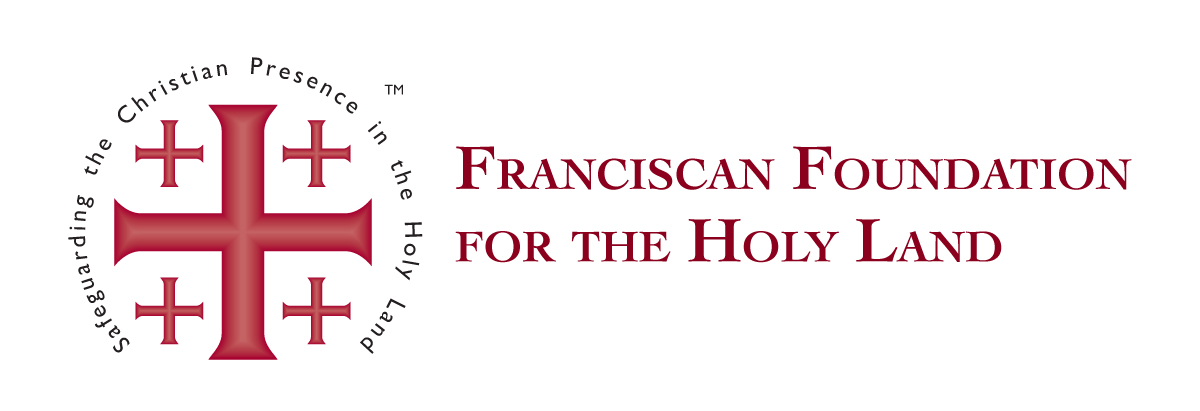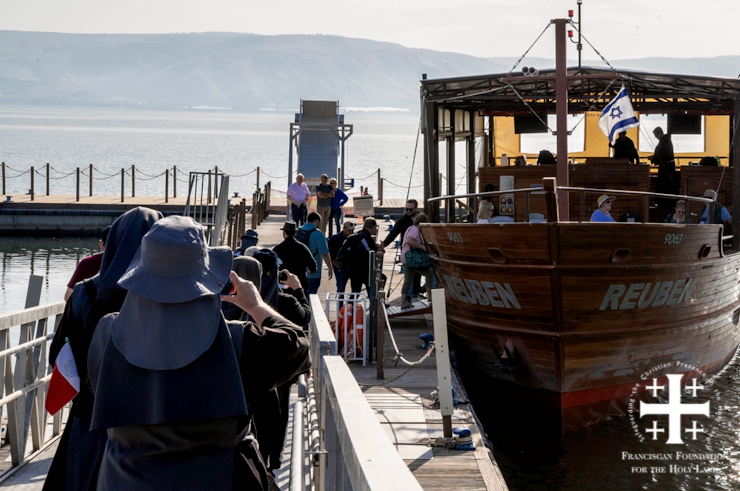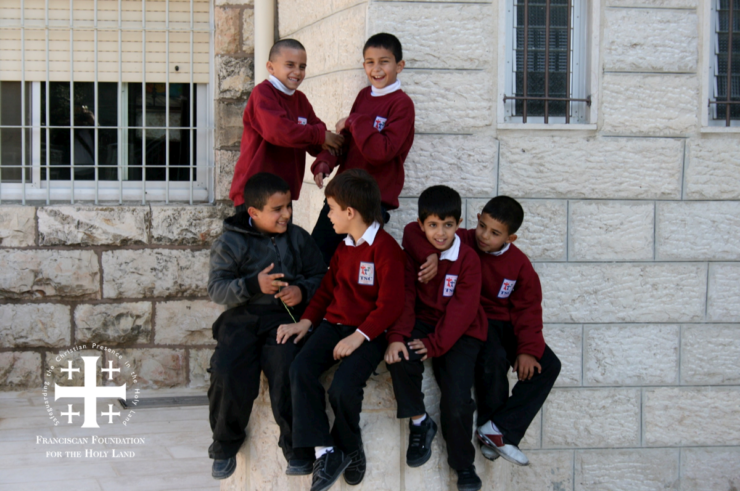Religious icons have been called windows to Heaven or doorways to the sacred. While they are not meant to be worshipped or venerated, they are respected as sacramentals – tools which can be useful in bringing us more deeply into the spiritual life.
The very first icon is believed to be the Hodegetria. Similar to the icon pictured below, it was an image of Our Lady holding the infant Jesus at her side, pointing to the child as the source of salvation. The image is believed to have been painted by St. Luke, and was brought from the Holy Land to Constantinople in the fifth century.
[/cs_text][x_image type=”none” src=”https://ffhl.org/wp-content/uploads/2017/06/Vladimir-Icon-1.jpg” alt=”” link=”false” href=”#” title=”” target=”” info=”none” info_place=”top” info_trigger=”hover” info_content=””][cs_text class=”cs-ta-justify”]What started in this land where Jesus walked remains an important aspect of the spirituality of Christians in the Holy Land to this day, and icons can be seen in many churches, sacred sites, and homes.
Icons usually feature a portrait of Jesus, his Mother, or another saint, although they do sometimes depict narrative scenes. With their two-dimensional nature, they are not meant to portray a realistic image of the person, but rather to represent that person’s spirit, enfleshed, and seen through the eyes of faith.
[/cs_text][x_image type=”none” src=”https://ffhl.org/wp-content/uploads/2017/06/icon-from-jerusalem-2.jpg” alt=”” link=”false” href=”#” title=”” target=”” info=”none” info_place=”top” info_trigger=”hover” info_content=””][cs_text class=”cs-ta-justify”]In the early Church, icons were especially useful in the catechesis of those who could not read. Pope St. Gregory the Great said, “What books are to those who can read, that is a picture to the ignorant who look at it.” For this reason, icons are filled with symbolic meanings which help the faithful in their understanding of the Gospel, as well as their contemplation and prayer.
Among the most noteworthy symbols of icons are the eyes, portrayed large and wide-set, symbolizing the spiritual eye which looks beyond the material world. The ears, too, are large, reminding us to listen to the word of God. The mouth, on the other hand, is small, because it too often is the source of empty and even harmful words.
As we continue to safeguard the Christian presence in the Holy Land, we know that these beautiful images remain an important spiritual aid to Christians living here, as well as to the pilgrims who visit.


